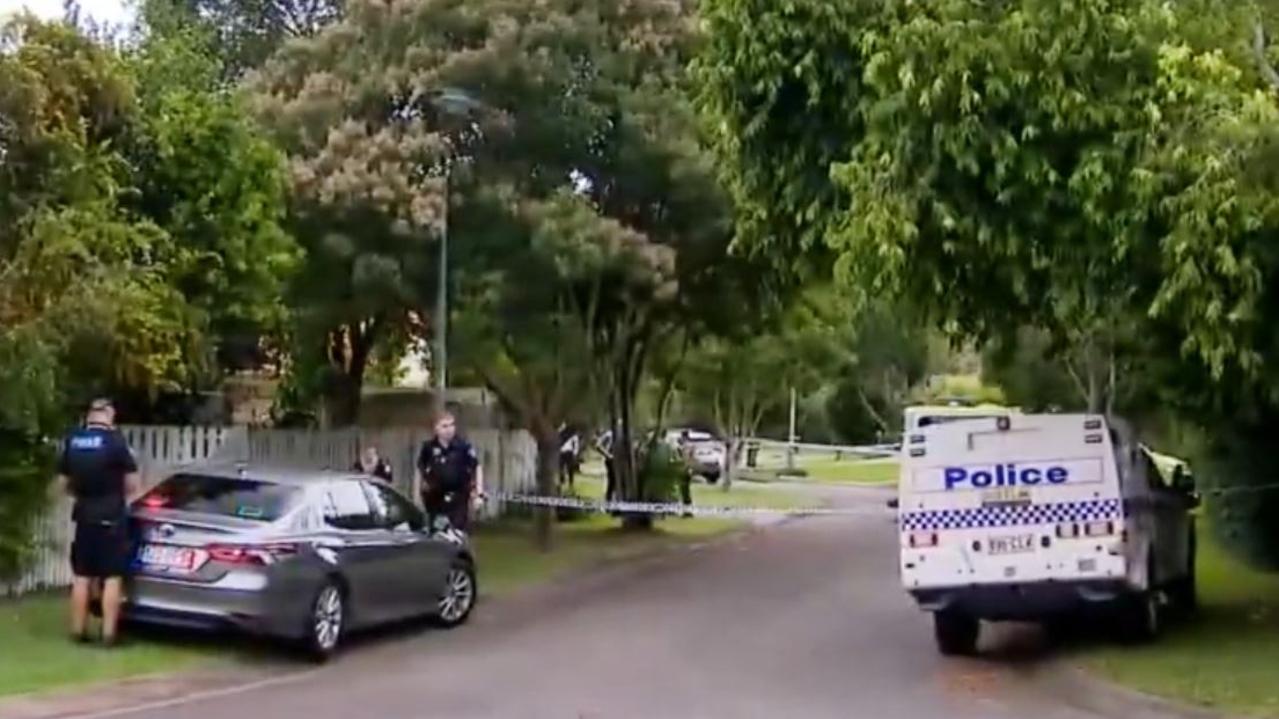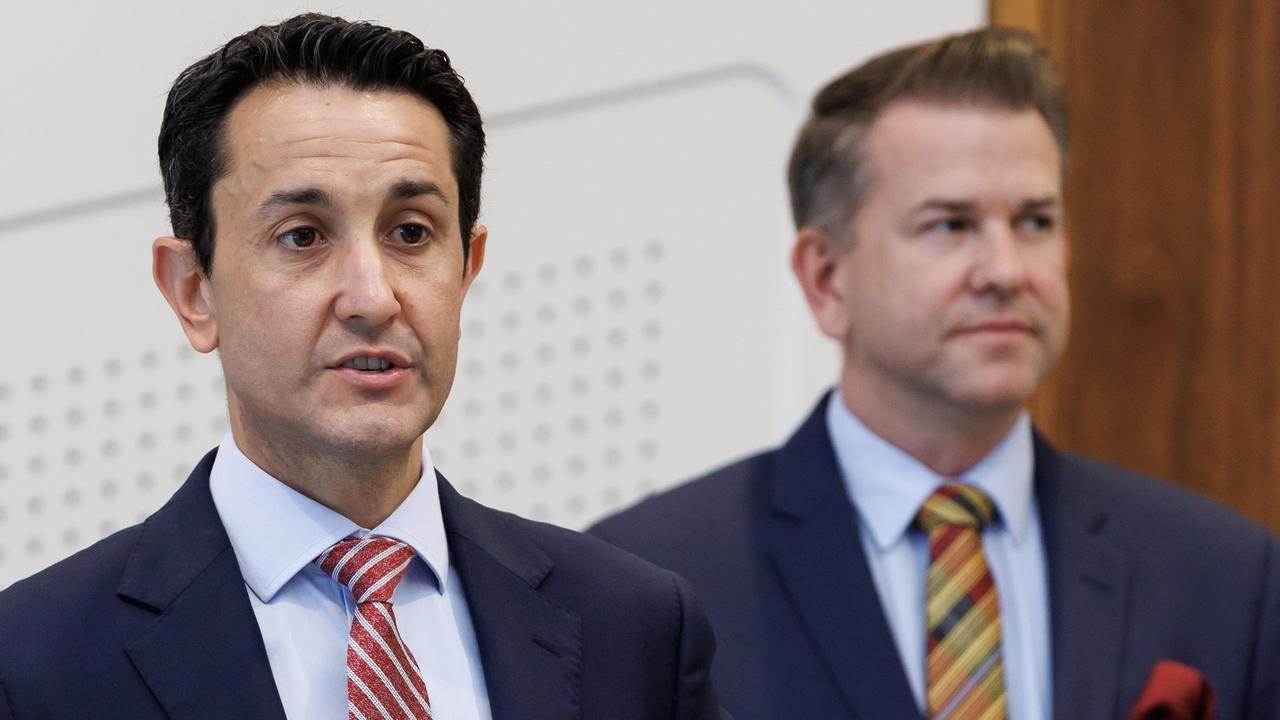Madonna King: Should any wild animal that threatens humans be culled?
What tragedy has to happen before we make a hard decision, have a measured conversation about culling and capping tourist numbers to protect the lives of those we love, Madonna King asks?
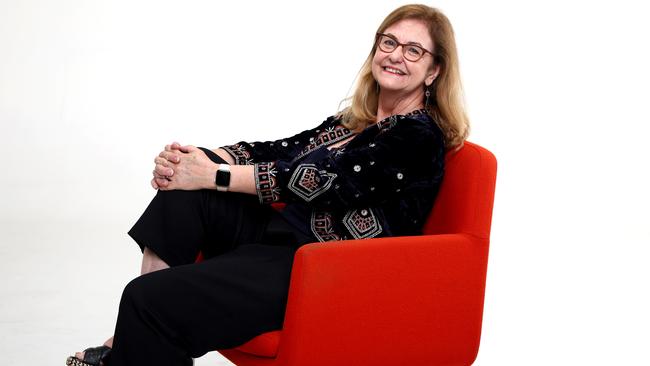
QLD News
Don't miss out on the headlines from QLD News. Followed categories will be added to My News.
Why are we even debating the priority of a human life, over that of an animal - a shark, a crocodile, a dingo, or even a snake?
An almighty difference exists between sanctioning the willy-nilly killing of animals important to our ecology, and sensible rational policies that safeguard and signal the value of human lives.
And yet we tiptoe around the issue every time an animal - often outside the habitat it regularly calls home - takes a chunk out of a child’s thigh, or leaves a family who loses a loved one, crippled by grief.
Take dingoes for example.
On K’gari, several people have been attacked in recent weeks, including a toddler.
That’s hardly news. It’s a common occurrence now, with packs of dingoes skulking the sands, and warnings that range from not jogging along the beach alone, to never being more than an arms’ reach away from a child.
“Never walk alone and carry a stick at all times.’’ That’s the official government advice.
And yet K’gari - formerly known as Fraser Island - is sold to those around the globe as a world heritage-listed wonder; a must-visit Downunder.
Just take your photos from behind a wire fence, and don’t sleep!
The 30 or so dingo packs, with between three and 12 wild dogs in each, are crucial in keeping a healthy balance in the natural environment of the world’s largest sand island.
But who should be kept behind wire fences - the visitors we are luring to our shores, or the dingoes (now called wongari)?
Tourism underpins one in 10 Queensland jobs. It’s worth more than $27 billion to our economy. And a big chunk of that is our pristine natural coastline that runs from the State’s top to its tail.
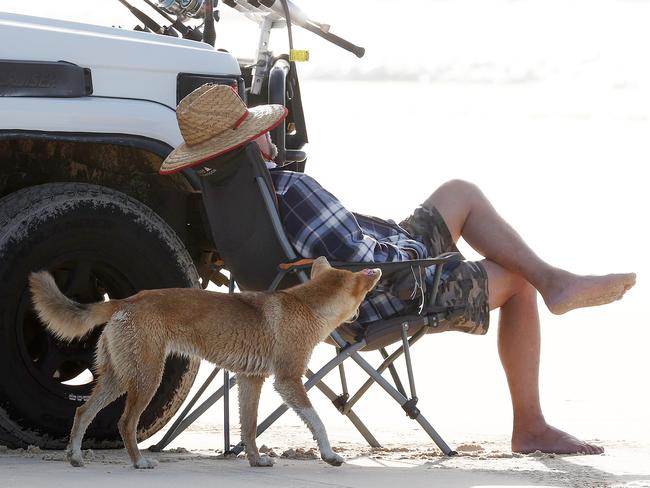
That means it’s important to temper this debate with a dose of both proof and pragmatism.
In recent weeks, two Queenslanders have had their lives stolen by sharks. And yet, we’ll skip over the impact of that and race towards the next shiny headline.
Charlize Zmuda was 17. A year 12 student, who had just attended her school formal. A life-saver. A gifted musician. An adored daughter, who loved the beach.
She could have been your daughter, or mine. She knew the water. And the government knows that the current state shark control program needs to change. Now.
It’s worth reading. The 2021-2025 plan talks about maintaining nets and drumlines, supporting research, trying new things and teaching us to be ‘SharkSmart’.
Luke Walford, a beloved school chaplain, was killed last month by a shark, while spearfishing near Keppel Island. In the aftermath of that death, fishermen told of struggling to get fish out of the water before they were taken by sharks.
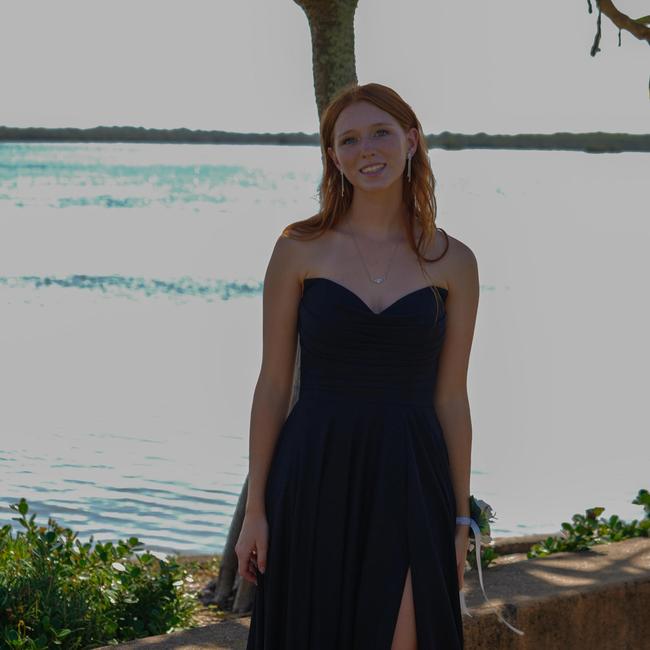
So what will it take for us to value a human life over a hungry predators who might be encroaching on waters or land we should be able to use freely?
Crocodiles have always lived in freshwater and saltwater locations, both on the coast and hundreds of kilometres inland - in rivers and creeks and swamps and waterholes and beaches and lagoons.
But this week, someone in the north of the State, spotted one in her garden. And government officials have installed warnings at campsites along Inskip Peninsula, near Rainbow Beach.
Wire fences, like those on K’gari, might not be as successful against a hungry crocodile hours from home.
Public policy is almost always crafted in response to what voters are demanding. Some call it populist politics. Others call it serving the people.
But what tragedy has to happen before we make a hard decision, and have a measured conversation about culling and capping tourist numbers or even using drones and artificial intelligence to protect the lives of those we love?
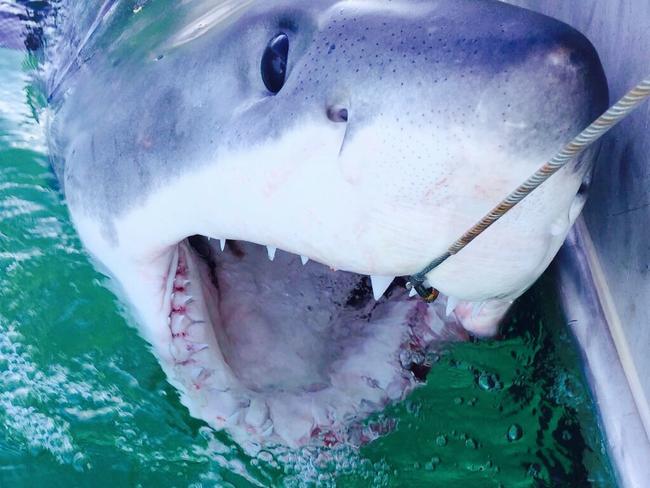
This week a proposal popped up that our Olympic diving in 2032 be held along Kangaroo Point cliffs, with athletes plummeting into the brown snake below.
A spectacular vision, some claimed, as long as the water depth was sufficient, and shark nets were aplenty.
This is the same Brisbane River where, as the sun climbs out of bed each morning, teen students try to better their technique and rowing performance.
This is not a plea to wipe sharks from south-east waterways. Or to tag and cull dingoes on an island that lures tourists to our country.
But killing a brown snake in a toddler’s bedroom should not be frowned upon. Running along the beach at K’gari should be encouraged. And so should camping at Rainbow Beach.
This is a call for government, with the advice of experts, to start prioritising human lives, and ensuring our children - like Charlize - are safe, doing what they love.
Originally published as Madonna King: Should any wild animal that threatens humans be culled?


